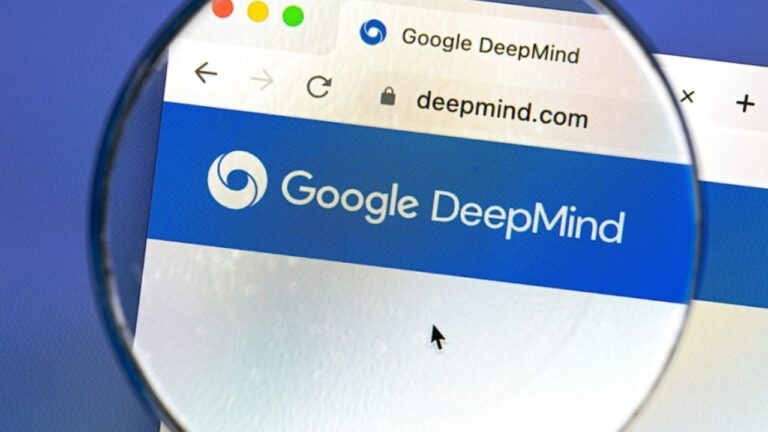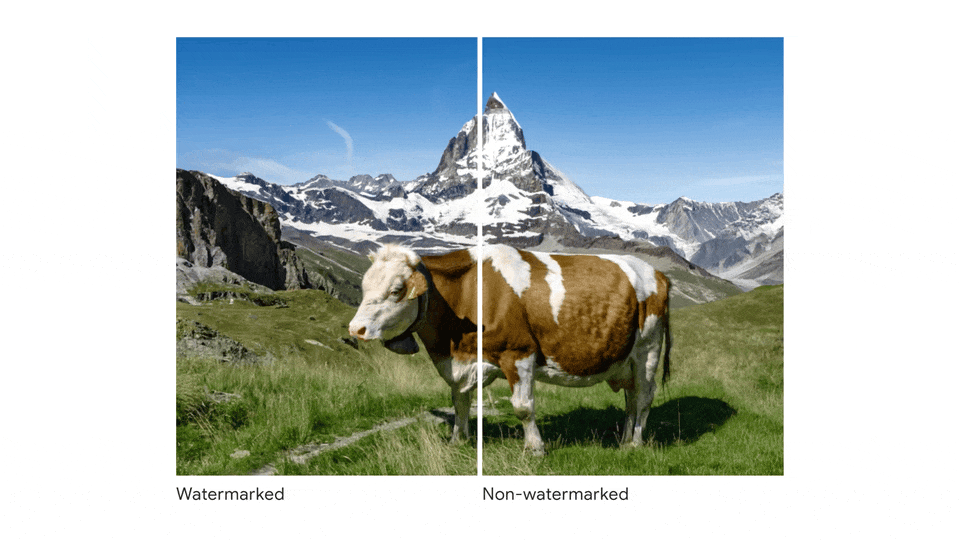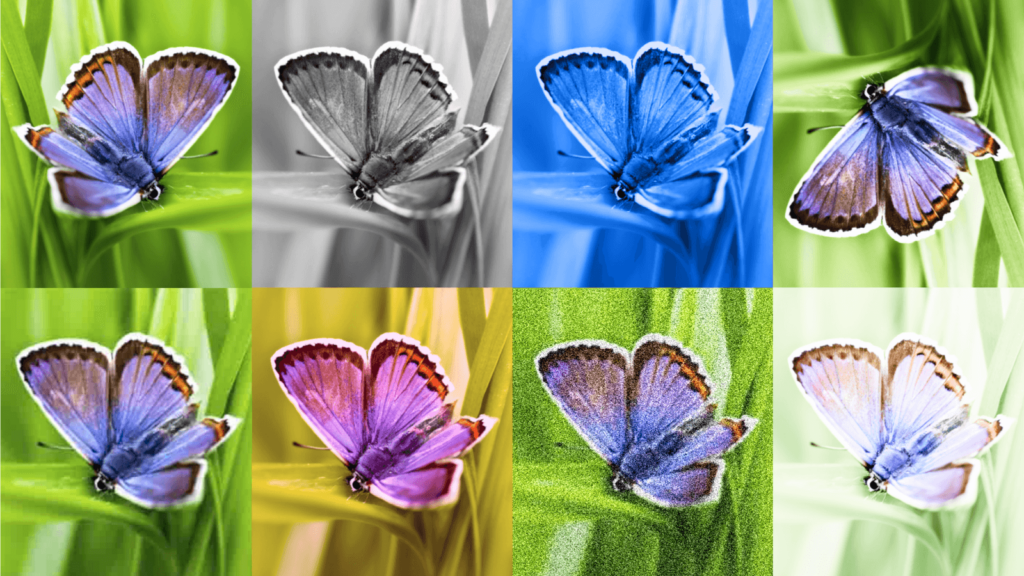Highlights
- Google’s new technology, SynthID, aims to identify AI-generated images to combat the spread of misinformation and deepfakes.
- SynthID embeds imperceptible digital watermarks in AI-generated images for verification.
- While a positive step, users should remain vigilant, and Google is taking additional measures to address AI-generated misinformation.

A new technology called SynthID, developed by Google lately, is intended to recognize images generated by artificial intelligence (AI).
This tool intends to combat the expanding use of AI-generated images across a variety of fields, including images of misleading information like false advertising, social media posts, and news articles.
These photos can also be used to create malevolent content, such as deepfakes that impersonate actual people.
Each AI-generated image has a digital watermark included in it, which is how SynthID works. Though invisible to the naked eye, this watermark is detectable by sophisticated software.

Read: Google Introduces Its AI Search Tool in India
Users can confirm an image’s validity and separate it from images produced by AI by using this watermark.
While SynthID is a major step in the fight against the spread of false and harmful information produced by AI, it’s important to remember that these tools have their limitations.
They are not faultless, and there is still a chance that AI-created images will go undetected by SynthID or other technologies of a similar nature.
Therefore, it’s still important to be vigilant and aware of the possibility of AI-generated false information when consuming internet content.
Beyond SynthID, Google is addressing AI-generated false information. The company has promised to identify any AI-generated photographs created with its tools.
Google is also working with other websites, publishers, and online platforms to promote the use of this strategy throughout the digital world.

Read: Will AI Replace Human Force? Here’s My Opinion
Here are some guidelines to assist people in spotting photographs created by AI:
- Look for Unnatural or Unrealistic Features: AI-generated photographs may include features that aren’t quite right, such pixelated or hazy edges, or objects that don’t seem to belong in the scene.
- Verify the image for inconsistencies: AI-generated photos may contain irregularities, such as differences in lighting or shadows across various areas of the image.
- Use watermark detection tools: A number of internet tools are available for spotting watermarks in photographs, which can help you spot watermarked AI-generated images.
- Verify the Source: It is always preferable to err on the side of caution and confirm the image’s source before accepting it as real if doubt remains as to an image’s legitimacy.
In conclusion, Google has made progress in tackling the issues related to AI-generated misinformation with the launch of SynthID and its commitment to labeling AI-generated images.
However, users must exercise caution and make use of these tools and recommendations as part of a larger effort to determine the veracity of photos seen online.
Directly in Your Inbox









